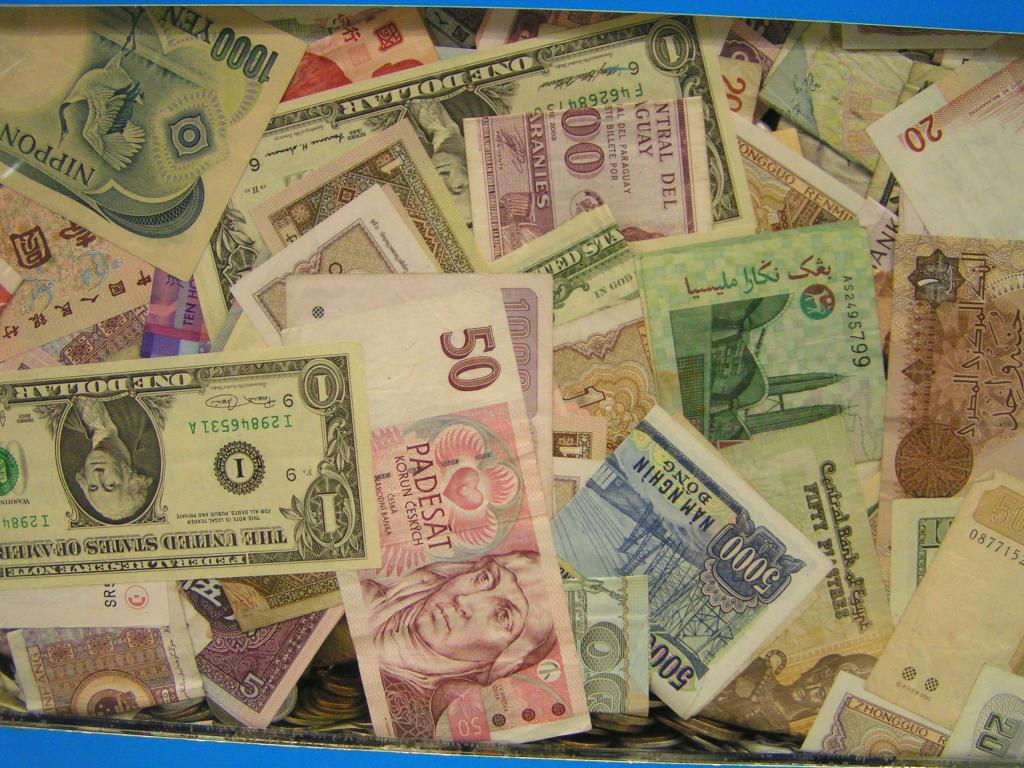Current fluctuations in the currency market are short-lived as the government is recommended to cautiously intervene in the market, Hamid Zamanzadeh, a researcher at Iran’s Monetary and Banking Research Institute , wrote in an editorial for Donyayeh Eghtesad, A Persian-language economic daily based in Tehran.
The rial fell on Monday to as low as 33,900 against the dollar in the free market, recording an almost 7% decrease in value against a basket of the world’s major currencies.
However unwanted the currency plunge, the drop was not unprecedented for the Iranian economy, battered by several rounds of tough economic western sanctions.
The recent currency fluctuation, however, has triggered new debates among Iranian politicians and economic decision makers, investing the cause of the rial devaluation.
The currency responded in part to what some Iranian traders and economists interpreted as the predictable outcome of the extension of the nuclear talks between Iran and P5+1 (five permanent members of the UN Security Council plus Germany).
Negotiations between Iran and the P5+1 to reach a final deal over Tehran’s nuclear energy program came to an end on Nov. 24 – set as the self-imposed deadline – with both sides agreeing to extend the talks for another 7 months, that is until July 2015.
The extension would allow the negotiators to narrow down their remaining differences in order to reach a “comprehensive” deal after an interim agreement was reached in Geneva back in November 2013.
Rejecting such assumptions, however, Hamid Zamanzadeh says, it was predictable that the engaged parties would extend the talks.
The market’s immediate reaction to the decision, just hours and days after the announcement of the extension, is a testimony to the fact that it was not a major event to influence the currency market, he said.
“The only effect it left on the currency market was an increase of about 2% in the foreign currency rate. But the market gained the ground immediately afterwards and became stable again.”
He further added that what really caused the currency turmoil in the market was indeed psychological and emotive reactions on the part of traders to the negotiations held in Vienna between the OPEC members in the hope that the members would agree to reduce their productions in favor of a surge in the oil price, which descended from its July peak of almost $114 a barrel to the November record low of $80 a barrel.
“The OPEC Summit was held at a time when the oil market had undergone massive volatilities, resulting in a 25% decrease in the price of oil in the international market.
It was, however, expected that OPEC would reduce the production in favor of increasing the oil price at the international market, an assumption which failed to materialize the OPEC production intact, a move which further resulted in 10% decrease in the oil price just within a couple of days.
The signal it sent to the market was that Iran has lost almost 35% of its currency reserves , a 25% from plunge in oil price in the past few months and 10% following the OPEC Summit. That was exactly what happened to Russia when Russian rouble lost 4% of its value against the world’s major currencies as a result of falling oil prices.”
Predicting that the current fluctuation in the currency market is just a short-lived psychological reaction, he called for “the government” to carefully consider future interventions with the aim of bringing order into the market.
“Given that the market’s fundamental condition is stable and the recent fluctuation is just a psychological reaction to the recent oil dispute and oil price plunge, the government is advised to purposefully intervene and regulate the currency market,” he underlined.


